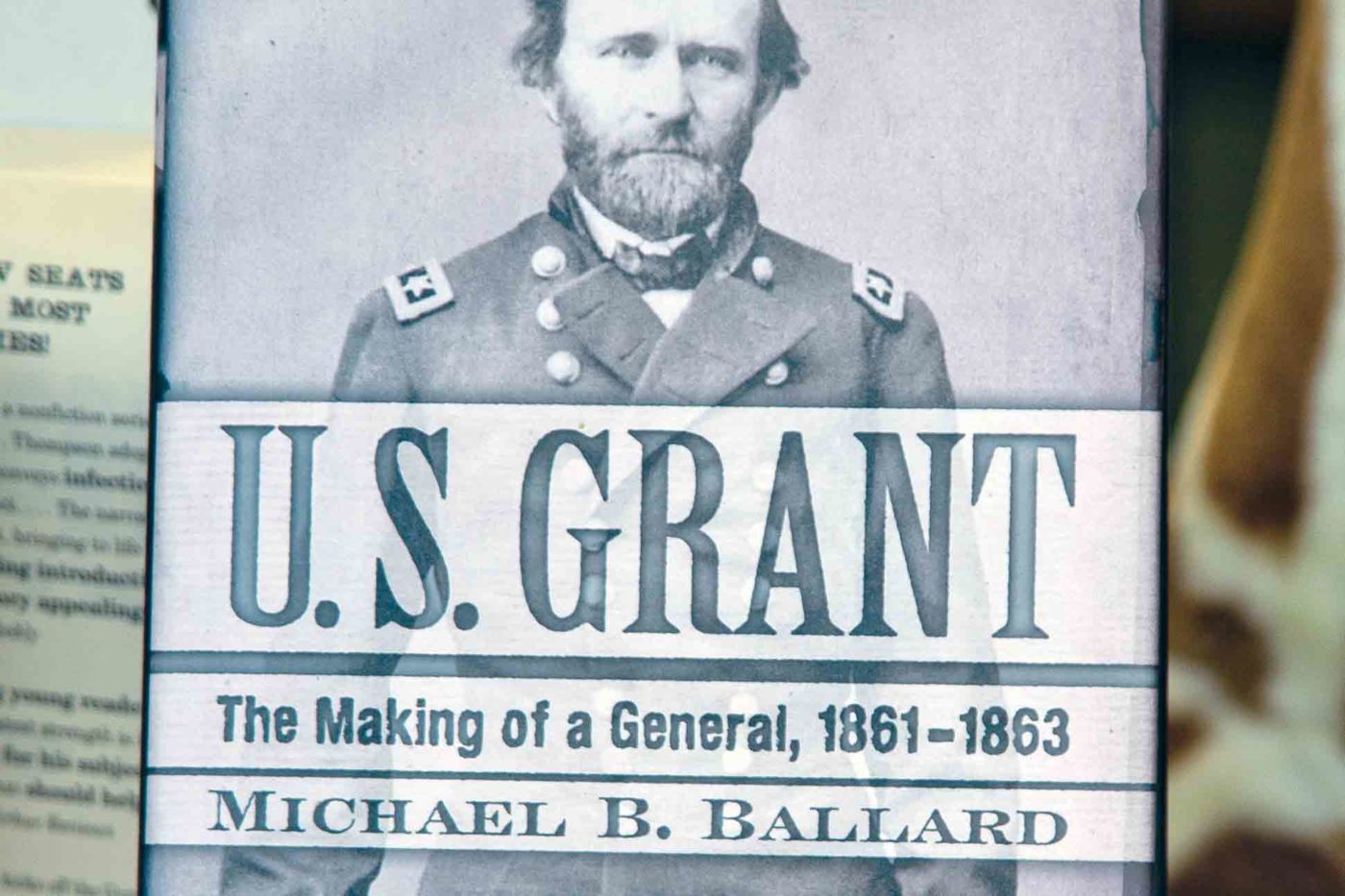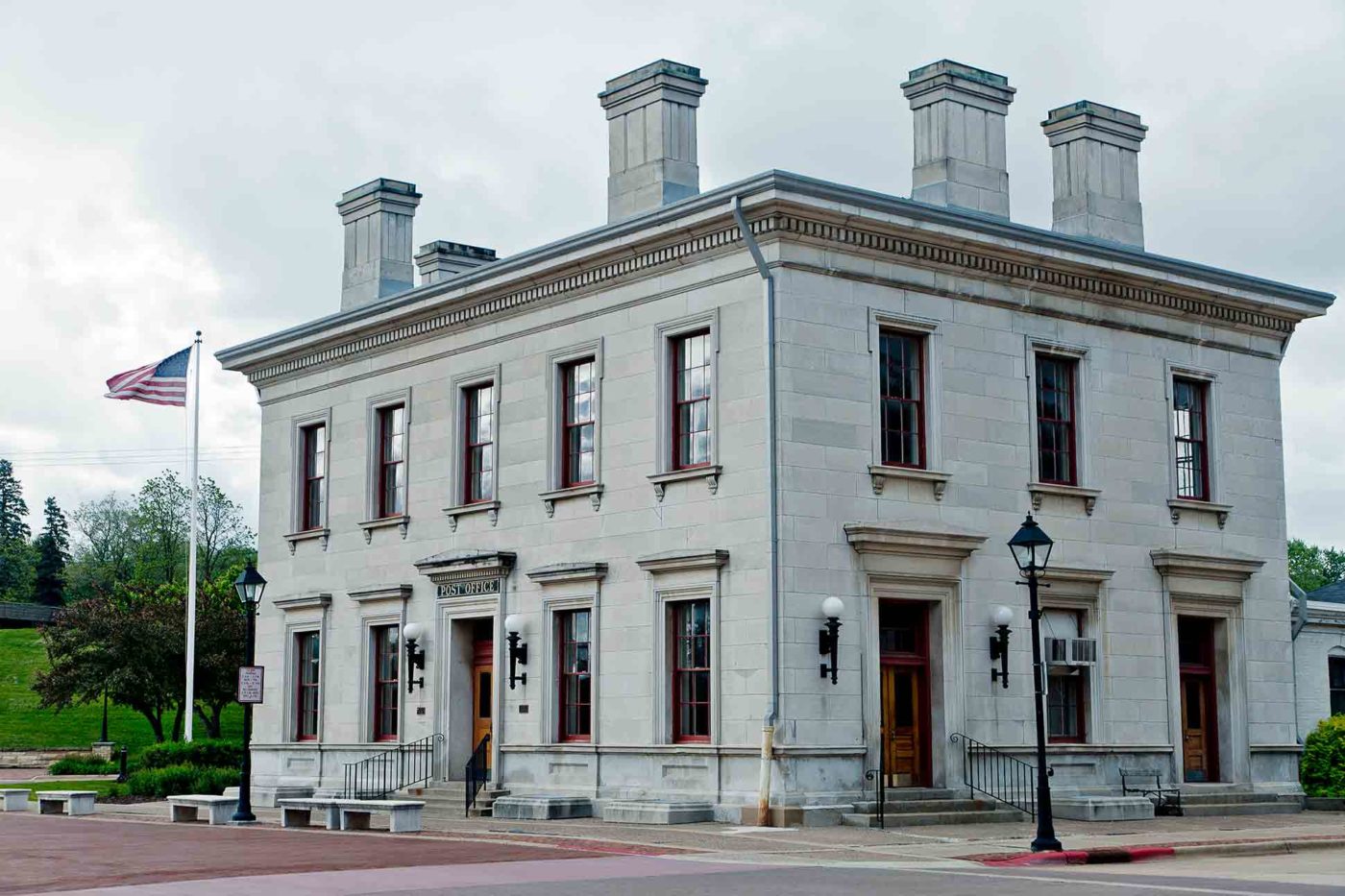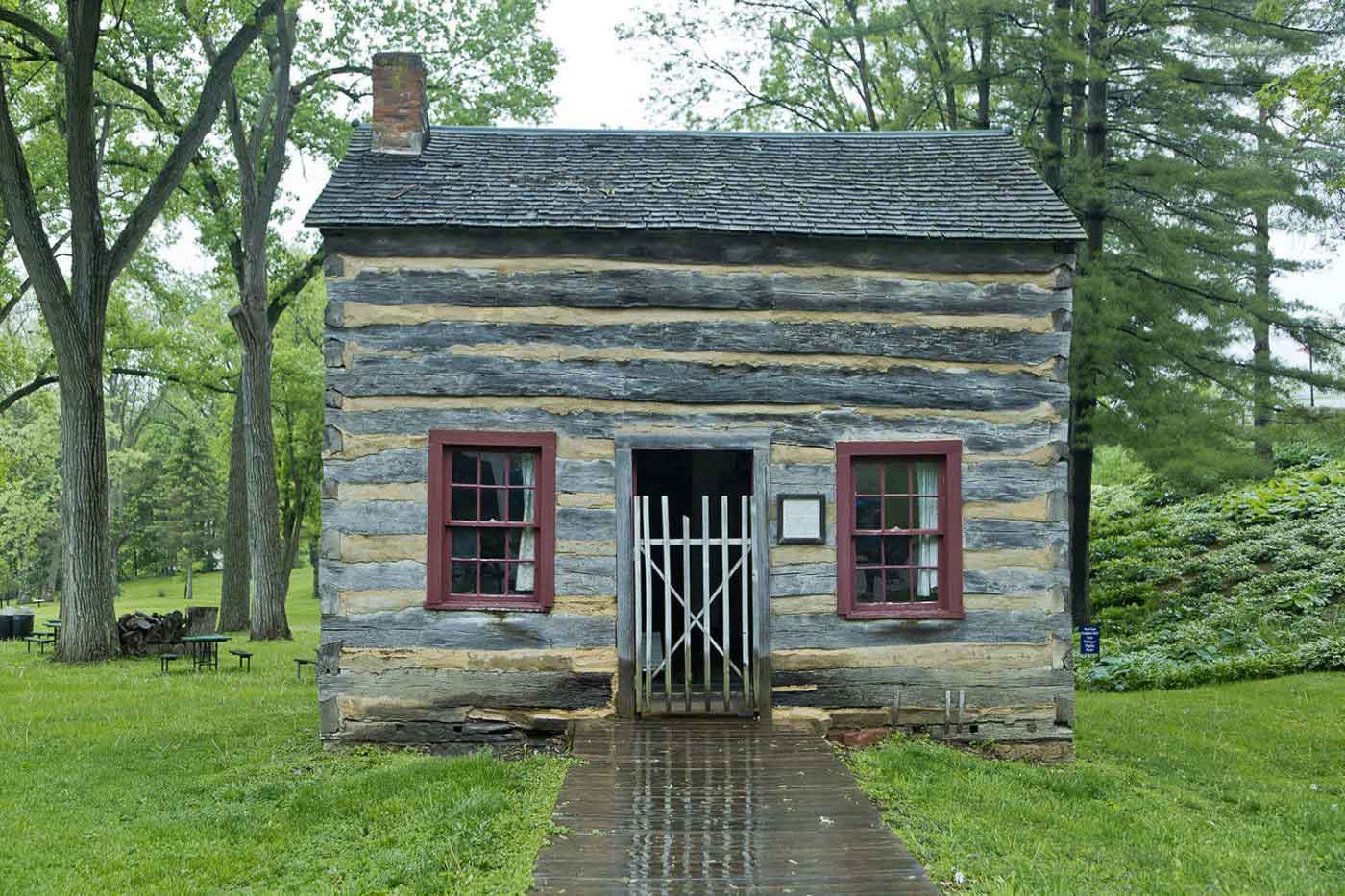Martin Perry delves deep into the history of the Midwest’s lesser-known outpost of Galena.
Everyone has heard of Chicago. The mere mention of the city conjures pictures of monolithic skyscrapers, gargantuan civic buildings, iconic overhead railway lines and of course 1930s gangsters. However, until recently, you could have asked pretty much anyone, apart from maybe a Presidential historian, to pinpoint Galena on a map and you would almost certainly receive a blank expression for your trouble. If it weren’t for a monumental lack of foresight on the part of some greedy local business owners, the situation could have been the reverse.
I’m sat precariously on a wooden bench in the back of a brightly painted trolleybus, as it inches its way up a steep incline overlooking the low-rise and charming town of Galena. I’m getting a crash-course in local history. According to the driver-cum-tour-guide, this ‘city’ housed the biggest population in the state way back in 1835, thanks mostly to the number of itinerant workers who fled here to make their fortune in the lead mining industry. In its heyday, its population approached 60,000 people, and its river port was the busiest on the Northern Mississippi, making the city’s riverboat owners by far the most influential people in town. So when a railroad company came to town with plans to build their Midwestern terminal, the riverboat owners duly blocked them, fearing it would signal an end to their trade. Instead, the railroad constructed the terminal, connecting all the train lines throughout the USA some 160 miles away, in the then much smaller town of Chicago. As if to rub their noses in their misjudgment, fate took another cruel twist of the knife. Due to the growing population, local builders cut down the vast majority of its trees to build houses. In true 19th-century style, no one paid a second thought to the role that the trees were playing in the local environment. With the trees gone there was nothing to hold the soil in the hills above the river in place and after several years worth of rain, the river filled with silt. By 1870 the Galena River became so shallow that riverboats were no longer able to pass, putting an end to the town’s prominence as a fully functioning, commercial port. By the 1960s, less than 1,000 people called Galena their home and by the 1980s, around 75% of the buildings lay empty.

This story first appeared in The Non-Stop Tel Aviv Issue, available in print and digital.
Subscribe today or purchase a back copy via our online shop.
Happily, for history lovers like me, this preserved much of the old architecture, which in turn proved to be a lifeline for the ailing town. Slowly, particularly over the past couple of decades, more people have come and discovered Galena. Residents now welcome visitors by the thousands, in search of a glimpse of authentic United States history. Much of it is associated with its most notable resident, the Civil War veteran General Grant, who went on to become one the country’s most progressive Presidents. Another significant figure who was put on a national pedestal was the fascinating Native American engineer, attorney and tribal diplomat, Ely S. Parker. An associate of Grant, Parker made some groundbreaking achievements – including holding government office despite his race – building the town’s post office and customs house in the mid-1850s, which still serves the town today, the oldest operational P.O. in the country.
After 40 minutes of well-chosen, charmingly conveyed nuggets of local history, the trolley-bus pulls up just off Main Street, now repopulated with lovely boutiques and coffee shops. Despite its popularity, Galena still retains the kind of ‘Mom & Pop’ friendliness you’d expect from a rural Midwest town. The locals are as proud of their home-cooked food and locally brewed beer as they are of their history, and will gladly engage you with after dinner tales of ghosts, over a glass of locally distilled whiskey.
Martin’s visit to Galena was courtesy of Enjoy Illinois.
Photography by Martin Perry and Matt Cain
The inside track

Husbands and business partners Robert and Douglas Mahan are the sixth owners of the Aldrich Guest House, a charming heritage bed and breakfast property in Galena. By mixing modern conveniences, great homemade food, refined decor and service that is intuitive and professional yet unobtrusive, they’ve been able to become the leaders in the next generation of bed and breakfasts.
See
Take a trolley-car tour of the town’s architecture; it’s a great way to familiarise yourself with the lay of the land and get some great insights into the place’s rich and fascinating history.
Drink
Take a tour of Blaum Bros. Distilling Co. They’ll give you a comprehensive look at how they turn locally sourced grains into high-quality spirits using their custom, hand made copper still. Then sample the results in the bar.
Visit
Explore Galena’s history deeper at the Galena & U.S. Grant Museum which is housed in an Italianate mansion, holding numerous artefacts from the country’s bloody history.









